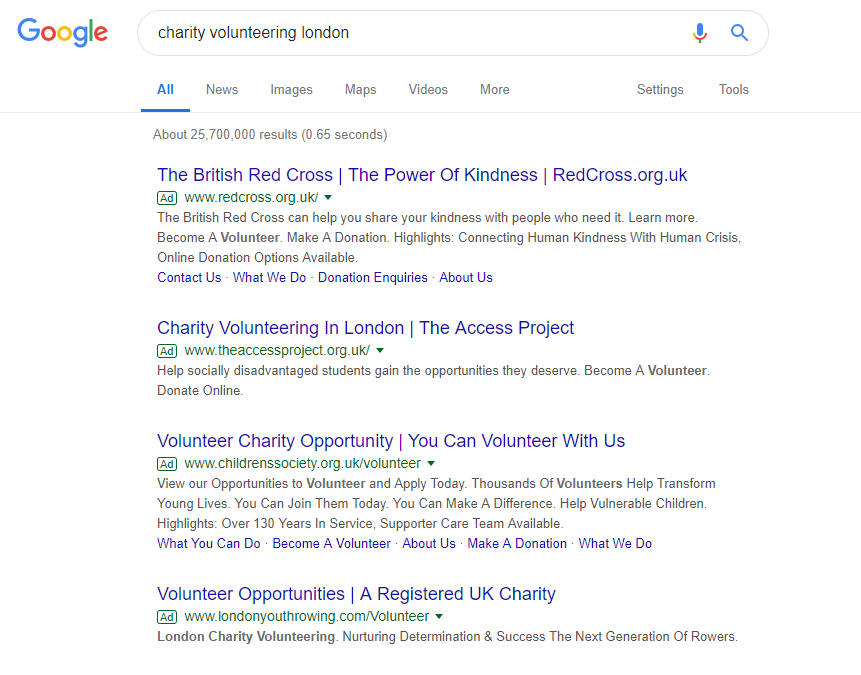
understanding user personas
understanding user personas
Ever wondered what user personas are and why they’re important? Read on…
what are user personas?
A common part of the web development process involves understanding what exactly goes through the mind of the fictional Sarah Green, aged 28, who lives in Hertfordshire and drives a Fiat 500, when she visits your site.
Sarah is an example of a user persona – a fictional character developed to express a particular user type’s requirements, preferences and expectations. These personas help clarify how different users will respond to and engage with any digital tools and interfaces (such as websites or apps) that are being designed and built.
User personas usually include demographic details (age, gender, income range etc), plus a short description of the user type’s main requirements and any additional information that is relevant to the particular project. For example, if we’re developing a complex e-commerce site, we might comment on the persona’s IT literacy skills, or if we’re developing a site for new parents, we might add details about the constraints on their time.
approaching design decisions
Why is it important to understand a user such as Sarah’s age and gender, what she will be interested in when visiting your site?
The development of personas is usually not a particularly expensive undertaking (as a percentage of the overall budget) and acts as an invaluable compass for navigating the many decisions that are made during any digital design and build. User personas act as the starting point for all functional and creative decisions, ensuring that the end result is fit for purpose.
maximising stakeholder alignment
One additional advantage of creating user personas is that it helps diverse internal stakeholders to come together and understand what your website or digital product can and should deliver, and importantly what it can’t and won’t. This is often an initial stumbling block in the planning phases, where multiple stakeholders have diverse requirements and can end up arguing over which should have priority.
By creating user personas that are focused on user requirements and business benefits, stakeholders can see exactly why and how decisions are being taken. This maximises stakeholder alignment and means that everyone involved in the digital design and build can pull together in the same direction.
user persona macro groups & sub-groups
Typically, the fewer business drivers that are required of a website or digital product, the easier it is to ensure it delivers. It’s therefore best to design as few user personas as possible initially.
Personas can be categorised into ‘macro’ groups, by concentrating on the main characteristics that make users similar (rather than different). For example, users who are looking to purchase something from a website will have more similarities than differences when navigating the purchasing interface. Therefore, as long as we focus on their key requirements whilst developing that interface, we can create a useful and effective tool, whatever the users’ more individual needs.
This is an oversimplification, but the point rings true in most circumstances. It enables a ‘lean’ approach to design, focusing the minds of everyone involved and facilitating faster and more insightful decision-making. Once macro-groups have been created, these can be divided into a much larger number of sub-groups which cover different user types’ nuances and preferences.
Most websites have three distinct macro groups which cover each user’s core motivation and needs:
- Customers – people looking for a benefit of some sort from the organisation, such as via making a purchase or accessing information. This group typically embodies the organisation’s main revenue stream(s) and reason for existence. Putting your customers’ needs first is usually advisable.
- Bystanders – these are typically people interested in supporting or commenting on the organisation and its activities, usually in a professional capacity. They may include journalists, politicians or individuals working in a similar market or sector.
- Staff – people who work for the organisation and expect the site to deliver in relation to their working activities. Website administrators are often an important sub-group here, but other ‘business case’ stakeholders also reside within this group.
These groups may overlap to some degree and an individual can belong to multiple groups at any one time. For example, if a member of staff happens to purchase a product for personal consumption, they will belong within both the ‘customer’ and ‘staff’ groups.
in conclusion
To sum up, user personas are a tool that helps identify commonality amongst a diverse range of user requirements and expectations. They bring clarity of focus for the whole project team, encourage stakeholder alignment and ensure business benefits are at the heart of the decision-making. Ultimately they result in a better user experience and end result for your website or digital product.
If you’d like help with user personas or a digital design/build, please get in touch!



Recent Comments